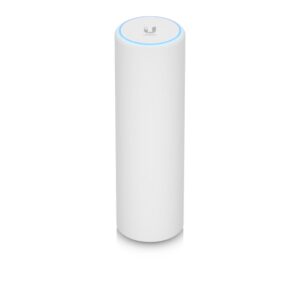A wireless access point (WAP) is a device that allows wireless devices to connect to a wired network. In essence, it serves as a bridge between wired and wireless networks. A WAP is typically used in environments such as homes, businesses, schools, or other public areas where multiple devices need to connect to the internet or a network without the use of cables.
A wireless access point works by transmitting and receiving radio signals between the devices connected to it and the wired network. It acts as a central point of connection for wireless devices, and as a result, can be used to provide internet or network access to multiple devices at the same time. WAPs come in various sizes and types, from small, compact devices that can be mounted on a wall or ceiling, to larger, more powerful devices that are used in enterprise-level networks.
One of the primary benefits of a wireless access point is its ability to extend the reach of a wired network to areas that may be difficult or impossible to connect via cables. This makes them particularly useful in buildings or locations where it may be difficult or impractical to install network cabling. Additionally, WAPs can be used to provide temporary network access in situations such as events or conferences.
Wireless access points can also be used to improve network performance by distributing the load of wireless devices across multiple access points. This helps to prevent congestion on the network and ensures that each device receives an optimal level of connectivity.
In summary, a wireless access point is a device that allows wireless devices to connect to a wired network. It is used to extend the reach of a wired network, provide network access in difficult-to-reach locations, and improve network performance by distributing the load of wireless devices across multiple access points.












